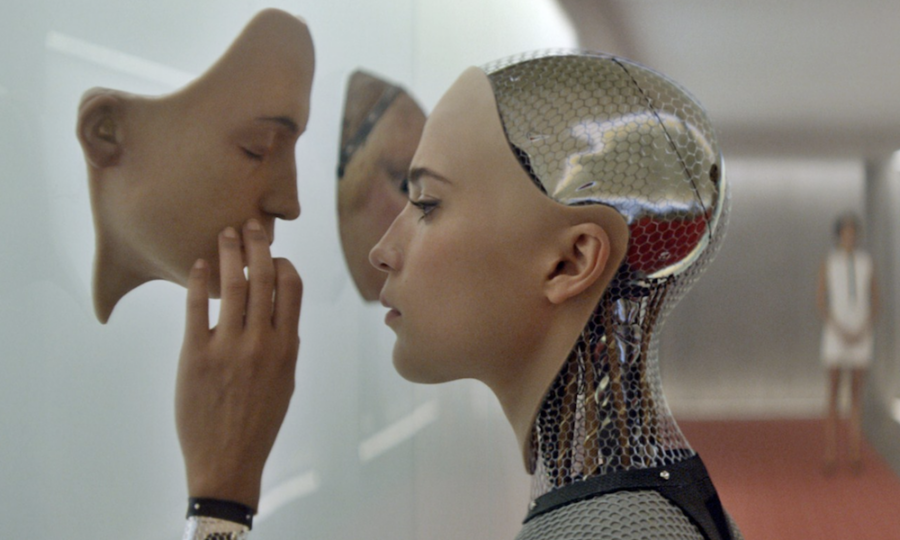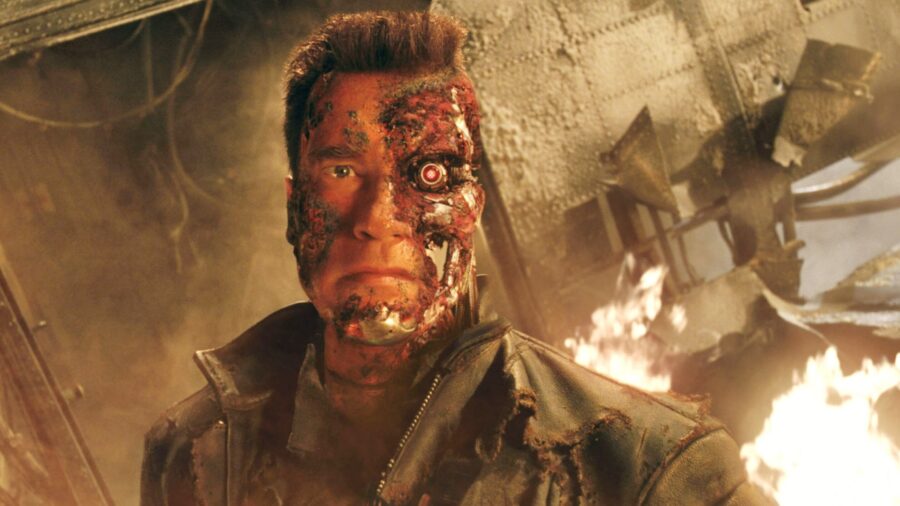Bioprinted Skin Is Real, Here’s How It Can Change The Future

And just like that, we’re living in the future. Over the last decade, scientists have been figuring out how to print all kinds of things, from printed art to prosthetics to food to braces, and it seems there’s a printing solution for any need. And maybe there is because researchers at the Wake Forest Institute for Regenerative Medicine have just figured out how to make bioprinted skin, which will end up being a game changer for healing severe wounds like burns and deep lacerations.
Bioprinted skin made from human cells is a reality and will change healthcare forever.
According to Interesting Engineering, scientists have created bioprinted skin that’s not just skin-deep but functions remarkably like the real deal. They’ve already tested the bioengineered skin on pigs with severe wounds and will soon be experimenting on people with the hope that this printed skin will heal wounds, burns, and various other skin injuries.
The bioprinted skin is a remarkable achievement as it replicates all three essential layers of real human skin: the hypodermis, epidermis, and dermis. While testing the bioengineered skin on pigs, researchers confirmed that the grafts generated improved wound closure and significant skin regeneration even on full-thickness wounds.
The scientists confirmed in the study, which was published in Science Translational Medicine, that the experiment showcased progress in bioprinted skin research, enhancing “the regeneration and production of native-like skin and suggests that bioprinted skin may be applicable for human clinical use.” This breakthrough holds immense promise for the medical field and could address a pressing need.
The bioprinted skin is a remarkable achievement as it replicates all three essential layers of real human skin: the hypodermis, epidermis, and dermis.
The need for bioprinted skin arises from the considerable challenges associated with treating full-thickness wounds caused by severe injuries or burns. In the United States alone, nearly half a million people require treatment for such wounds annually, incurring a staggering cost of $2 billion.

Traditionally, doctors have relied on autologous skin grafting to treat these wounds, a procedure that involves transplanting healthy skin from one part of a patient’s body to the damaged area. While this method has proven effective for many patients, it does have limitations, mainly in burn victims who may not have enough skin to harvest for the grafts. Bioprinted skin can fix this problem, as all doctors would need is a few cells in order to engineer a bioprinted skin graft for the patient.
Utilizing cells from the patient’s own body, researchers can generate as much bioprinted skin as required for laboratory transplants. The process involves isolating six types of cells from the patient: melanocytes, dermal fibroblasts, follicle dermal papilla cells, epidermal keratinocytes, dermal microvascular endothelial cells (DMECs), and adipocytes. These cells are cultured and combined with fibrinogen-based hydrogel bioinks to create a 3 cm–by–3 cm trilayer biomimetic skin construct, closely resembling human skin.
The need for bioprinted skin arises from the considerable challenges associated with treating full-thickness wounds caused by severe injuries or burns.
After studying the use of bioprinted skin in pigs, researchers discovered that not only would the bioengineered skin help patients with injuries too substantial for traditional skin grafts, but that the transplanted skin would likely heal faster. All the full-thickness wounds in the pigs in the study healed completely within 28 days.
This groundbreaking study represents a significant leap forward in regenerative medicine. Bioprinted skin offers a promising solution to the challenges associated with treating full-thickness wounds, and it holds the potential to transform the lives of patients with severe skin injuries. As this technology continues to advance, it may pave the way for a new era in wound healing and skin regeneration, bringing hope and relief to those in need.











